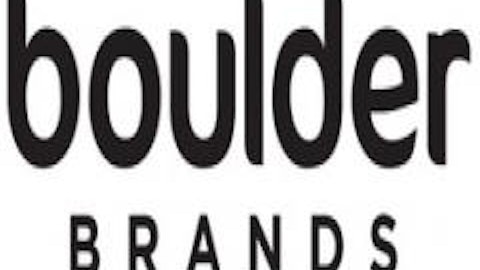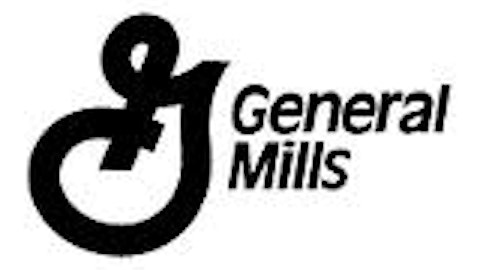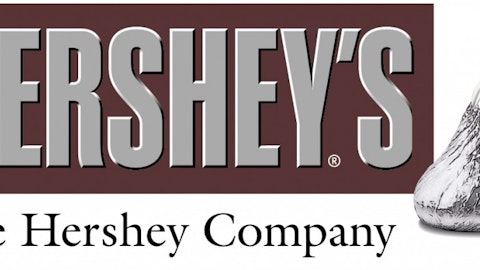Perhaps the most impressive aspect of General Mills for long-term investors is the company’s 3.16% dividend yield, which has been raised every year. It is also worth noting that General Mills is one of the only major U.S. companies whose revenues and dividend increased every year during the financial crisis, which does give investors peace of mind in regards to the stability of the company.

Alternative Food Plays: Kellogg Company (NYSE:K) and Hershey Co (NYSE:HSY)
So, General Mills still looks fairly valued, even after the recent gains. For comparison, let’s see if we can find a better value in one of the competitors.
Kellogg Company (NYSE:K) is the closest competitor in the breakfast cereal business, and also produces such brands as Pop-Tarts, Eggo, Keebler, Cheez-It, and Pringles. Kellogg Company (NYSE:K) derives more of its business internationally, with about 37% of total sales coming from Europe, Latin America, and Asia. Kellogg Company (NYSE:K) trades for 17.5 times last year’s earnings, slightly higher than General Mills, and is projected to grow its earnings at a slightly slower 7% rate going forward. Additionally, Kellogg Company (NYSE:K) pays a slightly lower dividend yield of 2.78%, which may not sound like a big difference, but can be significant over the long run.
Hershey Co (NYSE:HSY) is best known for its chocolate products, and possibly has the best growth potential of the three. In addition to having the least amount of international sales (about 16%), Hershey Co (NYSE:HSY) is in the middle of a four-year restructuring project that it calls “Next Century,” which is Hershey’s effort to improve their cost structure and increase the efficiency of their supply chain. Once the project is complete next year, Hershey anticipates annual cost savings of up to $80 million, which would be a nice boost to their annual profits, which were about $650 million this year.
Hershey trades at the highest valuation of the three at 27.2 times TTM earnings. The consensus calls for earnings growth of around 10% annually over the next three years, including the projected cost savings, making the stock seem a little expensive to me at current levels. They also pay the lowest dividend yield, at 1.88% annually.
Buy, Sell, or Hold?
Even after the recent gains, General Mills is still a good value when it comes to a stable-income producing food stock with room for growth. Those investors who are in it for the long haul should be handsomely rewarded at the company begins to fully realize its worldwide potential over the next decade and beyond.
The article Still A Good Value After A 20% Gain? originally appeared on Fool.com.
Matthew Frankel has no position in any stocks mentioned. The Motley Fool has no position in any of the stocks mentioned. Matthew is a member of The Motley Fool Blog Network — entries represent the personal opinion of the blogger and are not formally edited.
Copyright © 1995 – 2013 The Motley Fool, LLC. All rights reserved. The Motley Fool has a disclosure policy.




